16 Unique Villages Around the World With Fascinating Histories
Many villages around the world have unique histories that make them stand out. These communities have weathered centuries, holding on to traditions that continue to shape their identity today. Some were once bustling centers of trade, while others have preserved ancient customs and ways of life. Visiting these villages offers a chance to experience the charm and heritage of places that may not be found on every tourist map. Whether you are a history lover or someone looking for off-the-beaten-path destinations, these villages will captivate you.
This post may contain affiliate links, which helps keep this content free. Please read our disclosure for more info.
Hallstatt, Austria
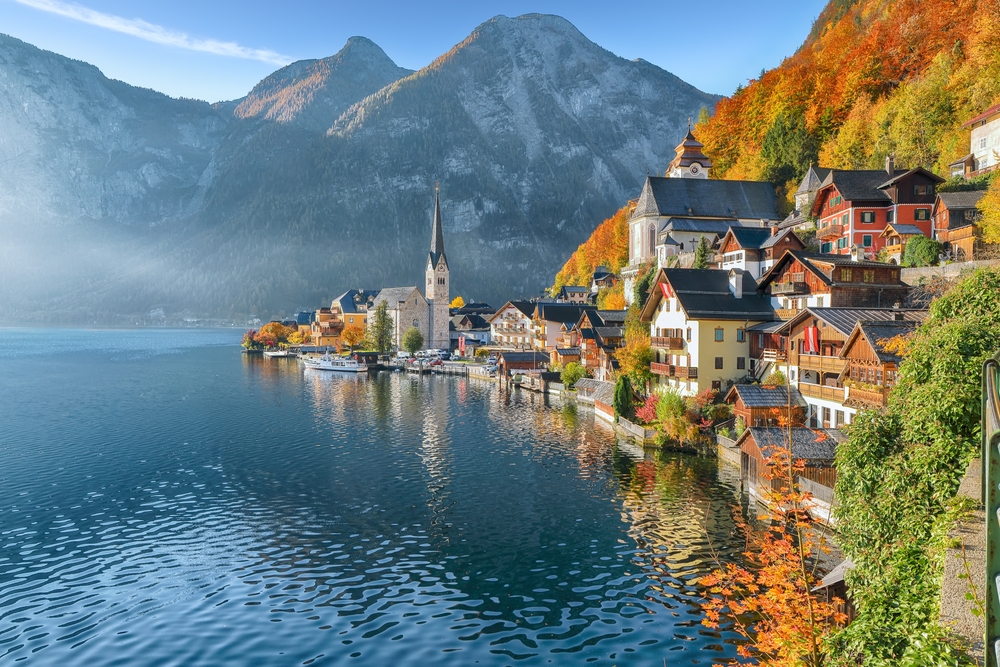
Hallstatt is often referred to as one of the most picturesque villages in Europe. Nestled by a serene lake, its history stretches back over 7,000 years, making it one of the oldest known settlements in the region. The village is famous for its prehistoric salt mines, which were vital to the local economy for centuries. The story of Hallstatt is deeply intertwined with ancient Celtic culture, and it continues to capture the imagination of visitors today.
Hallstatt’s charm extends beyond its natural beauty. It was once a thriving center of salt production, and the area’s salt mines are still operational today. The village’s ancient burial grounds have yielded fascinating archaeological finds, including artifacts from the Iron Age. Hallstatt’s long and rich history has earned it a spot on UNESCO’s World Heritage List, making it a must-visit destination for history enthusiasts.
Bagan, Myanmar

Bagan, located in central Myanmar, is known for its incredible array of ancient temples and pagodas. The village once served as the capital of the Pagan Kingdom, which ruled over Myanmar from the 9th to the 13th century. During its peak, Bagan was home to over 10,000 temples, many of which remain standing today. The area is considered one of the most important archaeological sites in Asia.
The history of Bagan is marked by impressive architectural feats and a deep connection to Buddhism. The ruins of temples and monasteries tell stories of the region’s spiritual past, with stunning frescoes and intricate carvings adorning the walls. The vast number of pagodas and their well-preserved structures provide a glimpse into the grandeur of Bagan’s heyday. This village continues to attract scholars, tourists, and pilgrims from all over the world.
Chefchaouen, Morocco
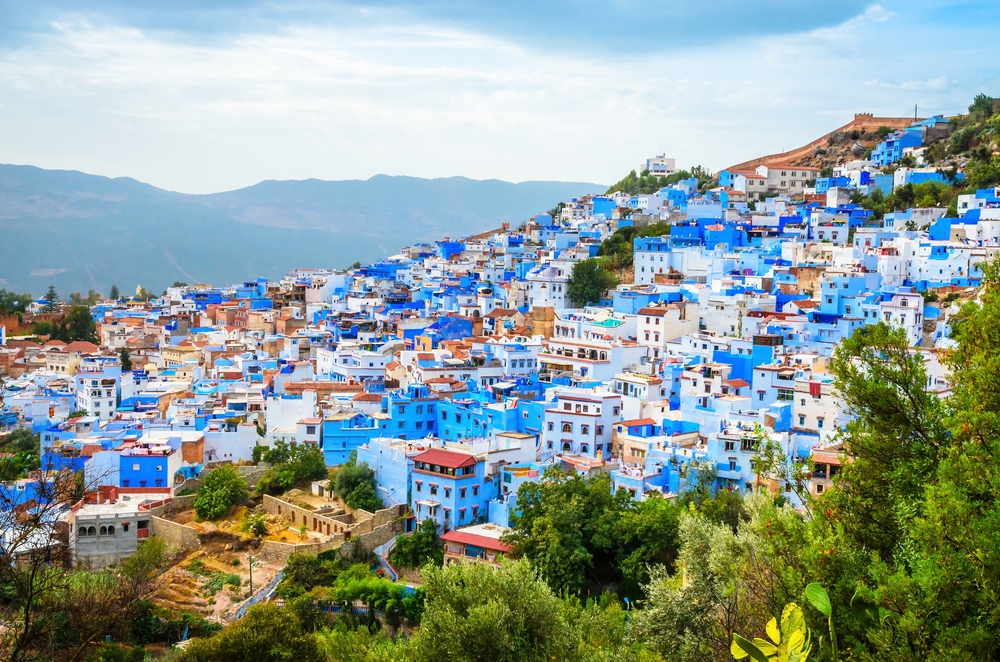
Chefchaouen, located in the Rif Mountains of Morocco, is famed for its blue-painted buildings and vibrant culture. The village was founded in the 15th century as a refuge for Muslims and Jews fleeing from the Spanish Inquisition. Its distinctive blue hue is said to symbolize the sky and heaven, making the town visually captivating. Over time, it has become a popular destination for travelers seeking both beauty and history.
Chefchaouen’s charm lies not only in its color but also in its rich blend of Moroccan, Andalusian, and Jewish influences. The village has managed to preserve its historical integrity, with narrow streets and traditional markets that showcase local crafts. The surrounding mountains add to the appeal, offering opportunities for hiking and exploring the natural landscape. Chefchaouen’s blend of history and culture makes it a unique and enchanting place.
Santorini, Greece
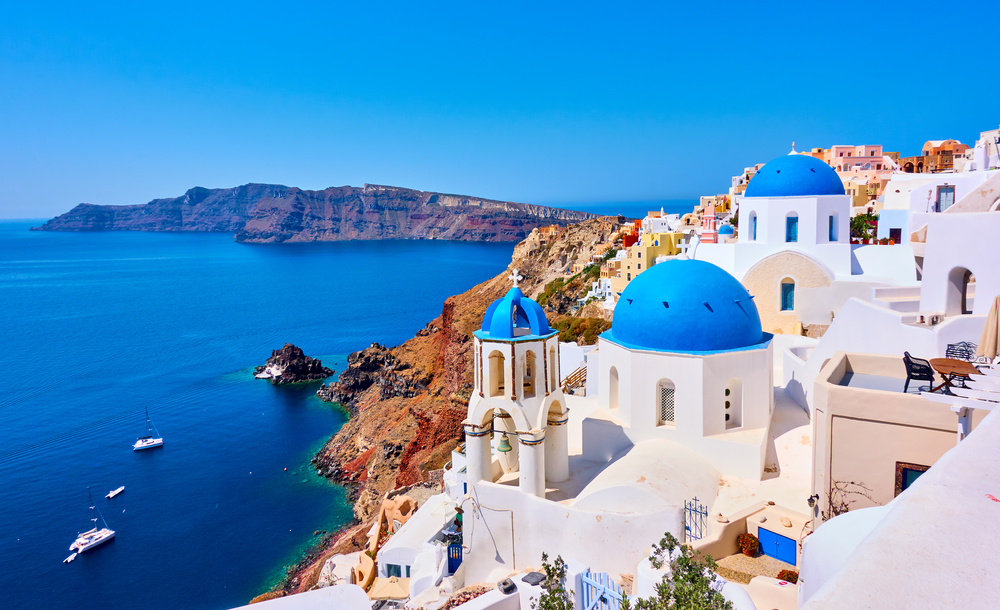
Santorini is famous for its stunning caldera views, whitewashed buildings, and rich history. The island’s history dates back to ancient times, with the Minoan civilization flourishing around 1600 BC. The eruption of the island’s volcano around 1600 BC had a profound impact, contributing to the collapse of the Minoan civilization. Today, the volcanic landscape and ancient ruins continue to tell the story of this dramatic event.
The village of Oia, perched on the island’s edge, is known for its beautiful sunsets and traditional Cycladic architecture. The island’s volcanic soil has also made it a hub for wine production, with vineyards producing unique varieties. Santorini’s archaeological sites, like the ancient city of Akrotiri, offer a fascinating glimpse into the lives of early Mediterranean civilizations. It remains one of the most visited villages in the world for its combination of beauty and history.
Gimmelwald, Switzerland
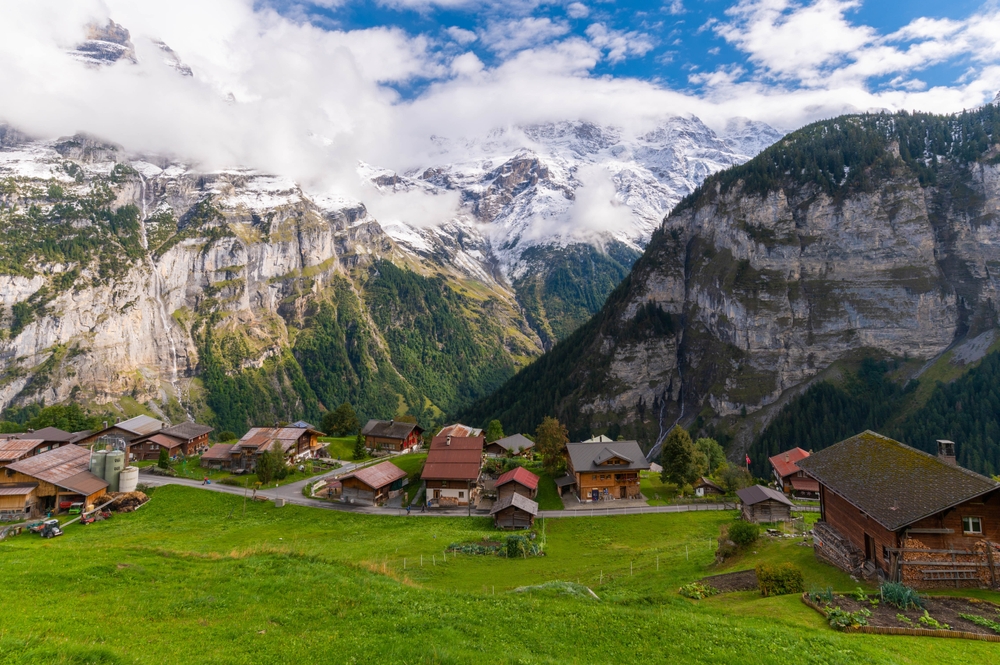
Gimmelwald, a small village in the Swiss Alps, is known for its idyllic setting and stunning mountain views. It is nestled in the Bernese Oberland region and remains largely untouched by modern development. Gimmelwald was once a farming community, and many of its buildings date back to the 19th century, providing a glimpse into rural Swiss life. The village’s connection to the surrounding mountains makes it a prime destination for hikers and nature lovers.
Gimmelwald’s history is deeply rooted in alpine traditions, with farming and cattle herding playing significant roles in the community. The village’s charm lies in its rustic feel, with wooden chalets and barns dotting the landscape. It has also become known for its conservation efforts, as the residents work to preserve the village’s traditional lifestyle. Gimmelwald remains one of the most picturesque and historically rich villages in Switzerland.
Machu Picchu, Peru
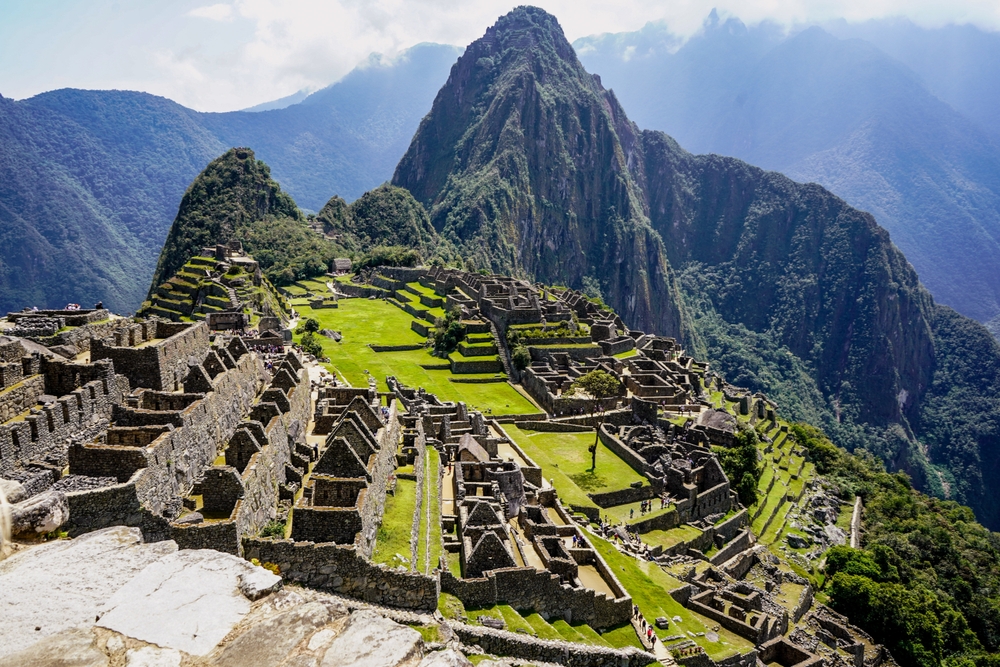
Machu Picchu, located high in the Andes, is one of the most famous archaeological sites in the world. This Inca citadel was built in the 15th century and abandoned just over 100 years later. Its purpose remains a subject of debate, with some historians believing it was a religious site, while others think it was a royal retreat. The mystery of Machu Picchu continues to fascinate visitors and researchers alike.
The village of Aguas Calientes, located at the base of the mountain, serves as the gateway to Machu Picchu. Visitors can take a scenic train ride to reach the site, passing through lush forests and dramatic landscapes. The village itself has a rich connection to the Inca civilization, and many of its buildings reflect traditional architecture. Machu Picchu’s history and stunning location make it a must-see destination for travelers.
Ronda, Spain
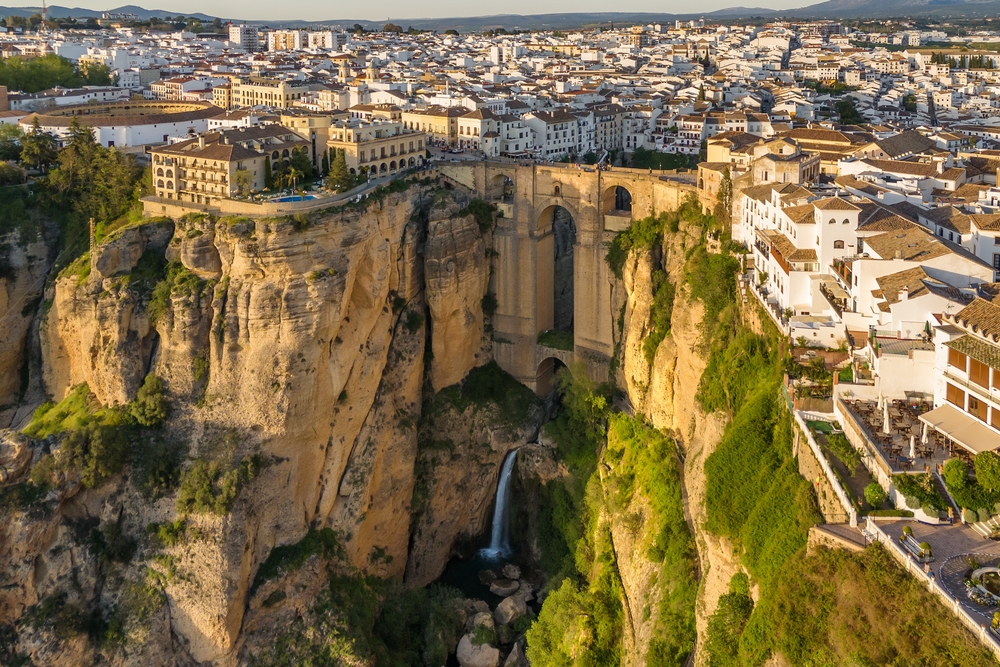
Ronda is a historic town in southern Spain, perched atop a dramatic gorge. The village dates back to Roman times and has a long history of military and cultural significance. Its most famous landmark is the Puente Nuevo, a stone bridge that spans the gorge and connects the old and new parts of the village. Ronda’s stunning location, perched high above the surrounding valley, gives it a commanding view of the landscape.
Ronda’s history is deeply tied to both the Roman and Moorish periods. The town is known for its well-preserved architecture, including the Arab Baths and the Plaza de Toros, one of the oldest bullrings in Spain. Ronda has been an inspiration for artists and writers, including Ernest Hemingway, who spent time in the village. Today, it remains one of the most popular destinations in Andalusia.
Eze, France
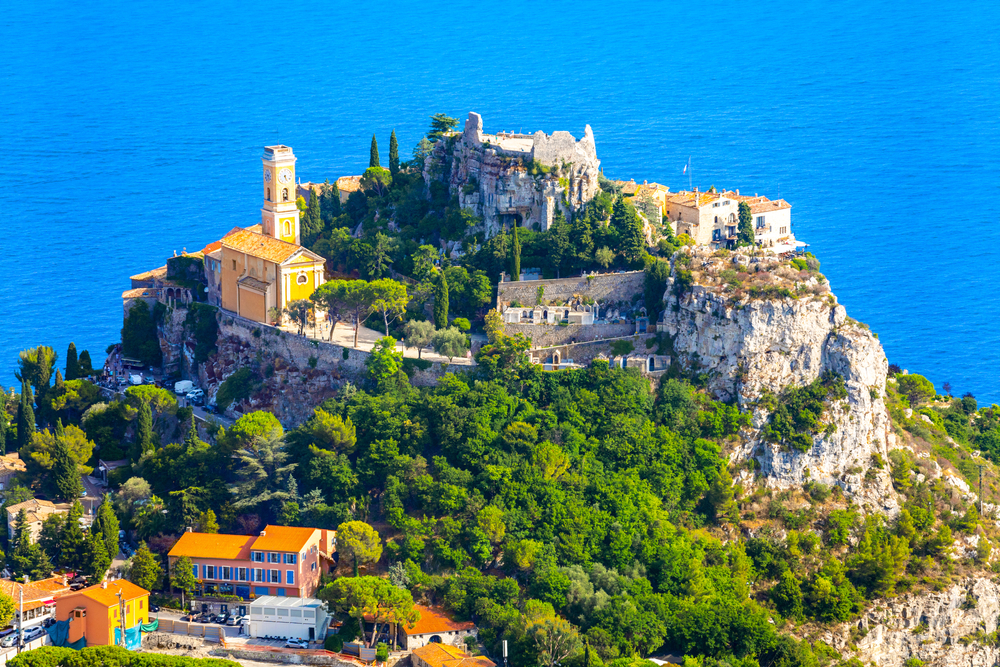
Eze, a medieval village located on the French Riviera, offers breathtaking views of the Mediterranean Sea. This hilltop village dates back to the 14th century and was once a strategic military outpost due to its commanding position above the sea. Eze’s narrow streets, lined with stone houses and vibrant flowers, create a picturesque atmosphere that attracts visitors from around the world. Its medieval charm is perfectly preserved, making it feel like a step back in time.
Eze’s history is intertwined with both medieval and Renaissance influences, evident in the architecture and layout of the village. The famous Fragonard perfumery, founded in 1782, is located here and continues to produce fragrances using traditional methods. The village has long been a favorite of artists, writers, and celebrities, adding to its allure. Visitors to Eze can enjoy both its rich history and stunning views of the coast.
Bled, Slovenia
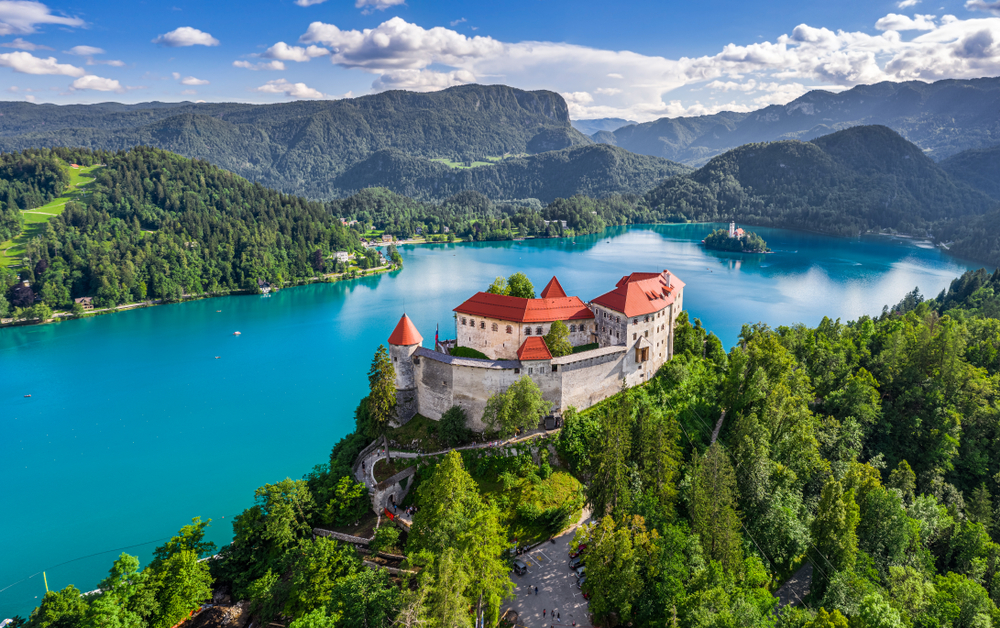
Bled is a charming village located on the shores of Lake Bled, in the Julian Alps of Slovenia. The village is best known for its stunning lake, with a small island in the center that is home to a picturesque church. Bled Castle, perched on a cliff overlooking the lake, dates back to the 11th century and offers incredible views of the surrounding landscape. The village’s rich history as a royal retreat adds to its appeal.
The village has been a popular destination for centuries, with the first records of Bled dating back to the 12th century. It has been influenced by both Slovenian and Austrian cultures, with many buildings reflecting these historical connections. Bled is also known for its traditional cream cake, a local delicacy that draws visitors looking to taste the village’s history. The combination of natural beauty and cultural significance makes Bled a unique and fascinating village.
Lalibela, Ethiopia
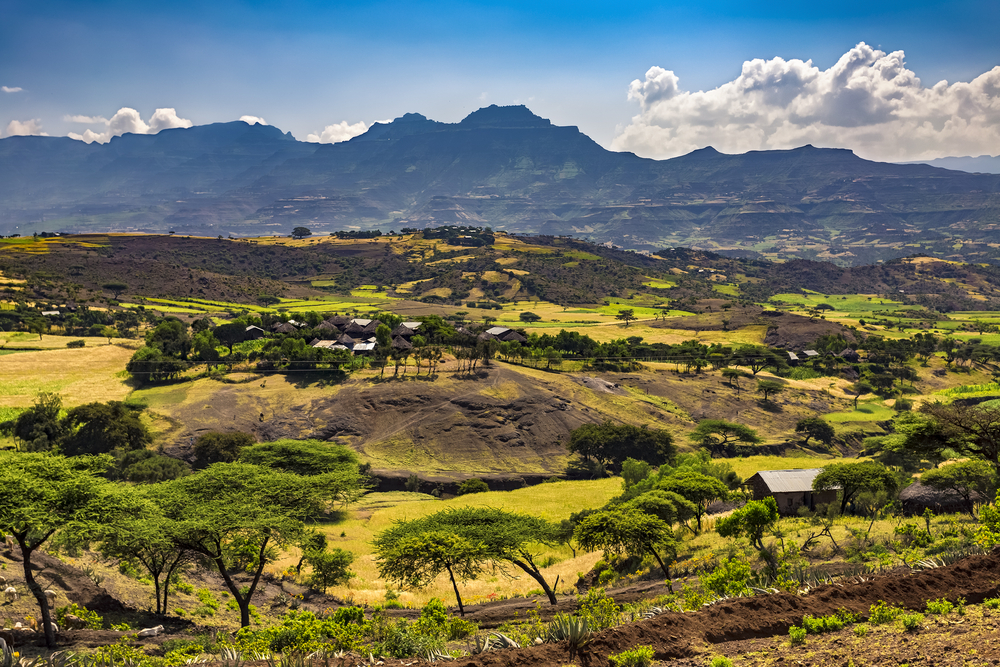
Lalibela is a small village in northern Ethiopia, famous for its rock-hewn churches. These 11 medieval churches were carved directly into the rock in the 12th and 13th centuries, making them a marvel of ancient engineering. The history of Lalibela is tied to the rise of Christianity in Ethiopia, and the churches are considered one of the holiest sites in the country. The village has remained a pilgrimage destination for centuries, attracting visitors from across the world.
Lalibela’s churches are UNESCO World Heritage Sites, and they represent an incredible feat of architectural and religious devotion. The town itself is named after King Lalibela, who is believed to have commissioned the construction of the churches. The village has preserved its spiritual and cultural significance, with many visitors traveling to witness the stunning churches and participate in religious ceremonies. Lalibela remains a place of deep religious and historical importance.
Cesky Krumlov, Czech Republic
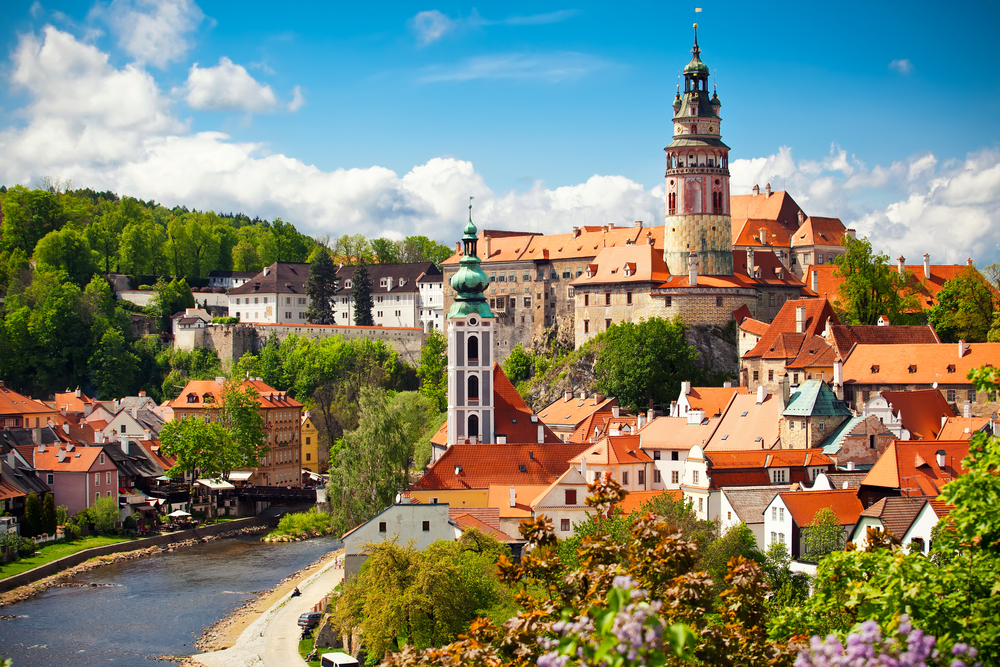
Cesky Krumlov is a charming medieval town in the Czech Republic, located along the Vltava River. The village’s history dates back to the 13th century, and it features a stunning castle that overlooks the town. The village’s well-preserved architecture and cobblestone streets make it feel like a step back in time. Cesky Krumlov is also known for its vibrant arts scene, with many galleries and cultural events taking place throughout the year.
The castle in Cesky Krumlov is one of the largest in the Czech Republic, with a beautiful garden and panoramic views of the village. The town’s narrow alleys and historic buildings give it a romantic and timeless feel. Cesky Krumlov has a rich cultural history, with ties to both the Bohemian Kingdom and the aristocracy. It is a UNESCO World Heritage Site and continues to attract travelers seeking both beauty and history.
Vang Vien, Laos
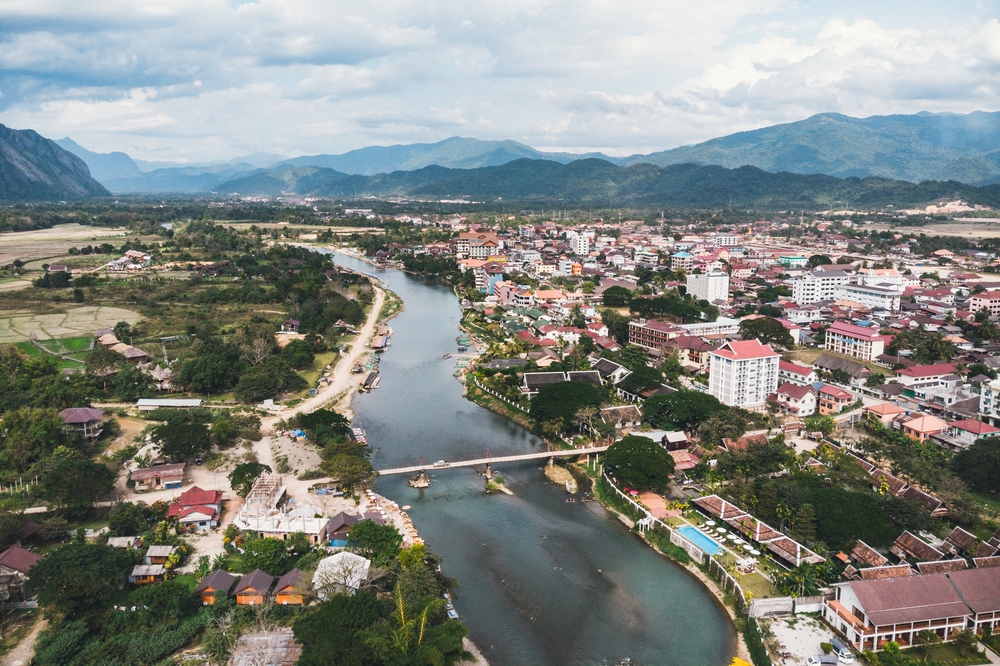
Vang Vien, located in central Laos, is a picturesque village known for its stunning karst mountains and lush landscapes. The area is famous for its outdoor adventure activities, such as kayaking, tubing, and hiking. The village has a unique history, with French colonial influence seen in the architecture and layout of the town. Today, Vang Vien has become a popular destination for travelers seeking both natural beauty and adventure.
The region around Vang Vien has long been inhabited by ethnic groups, and it has been a center for trade and agriculture for centuries. The village’s scenic surroundings have been shaped by thousands of years of geological activity. Vang Vien’s mix of history, natural beauty, and adventure makes it a fascinating place to visit. The town continues to evolve while preserving its rich cultural heritage.
Tbilisi, Georgia

Tbilisi, the capital of Georgia, is a city with a long and fascinating history. The village was founded in the 5th century and has since become a melting pot of different cultures, with influences from Persian, Russian, and Ottoman empires. The city is known for its distinctive architecture, with narrow streets, colorful buildings, and impressive churches. Its history as a crossroads for trade and culture adds to its appeal.
Tbilisi has been the site of many important events throughout Georgian history, from invasions to political changes. The city is home to several ancient sites, including Narikala Fortress and the sulfur baths. The blend of cultures and historical events makes Tbilisi an intriguing place to explore. Its rich history, combined with its lively atmosphere, continues to draw travelers from around the world.
Positano, Italy
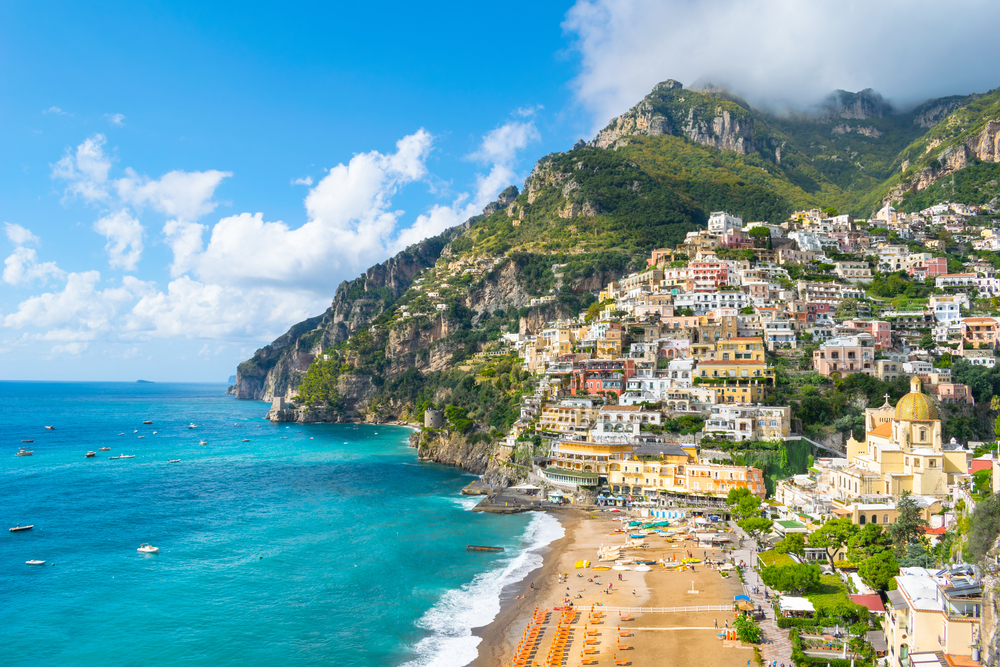
Positano is a stunning village along Italy’s Amalfi Coast, known for its colorful houses and breathtaking views of the Mediterranean Sea. The village’s history dates back to Roman times, and it has been a popular destination for artists and writers for centuries. Positano’s unique cliffside setting and its Mediterranean architecture make it a favorite among tourists. The village remains a prime spot for relaxation and exploring its charming streets.
The history of Positano is marked by its importance as a fishing village and a center for trade. Over time, the village has grown into a beloved destination for luxury travelers, offering beautiful beaches and high-end shops. Positano’s history and natural beauty make it one of the most picturesque villages on the Amalfi Coast. Visitors can enjoy its rich culture while soaking in the stunning views.
Sintra, Portugal
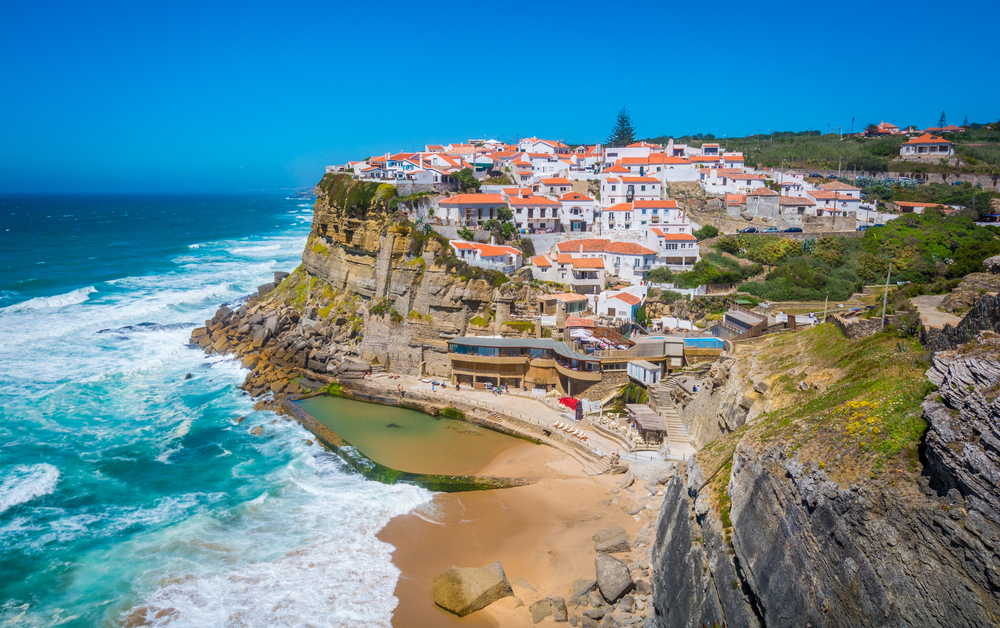
Sintra is a historic village located just outside of Lisbon, known for its fairytale-like castles and palaces. The village has long been a summer retreat for Portuguese royalty, and it is home to several grand buildings, including the Palácio Nacional de Sintra. Sintra’s lush forests and unique architecture have earned it a place on UNESCO’s World Heritage List. The village’s rich history is reflected in its palaces, gardens, and ancient buildings.
Sintra’s history is deeply tied to the Moorish period, and many of its buildings reflect Islamic influences. The town’s enchanting atmosphere is enhanced by the surrounding natural beauty, including the lush Sintra Mountains. Sintra’s rich cultural heritage and architectural wonders make it a must-visit destination for history and architecture enthusiasts. The village remains one of Portugal’s most charming and historically significant locations.
Matera, Italy
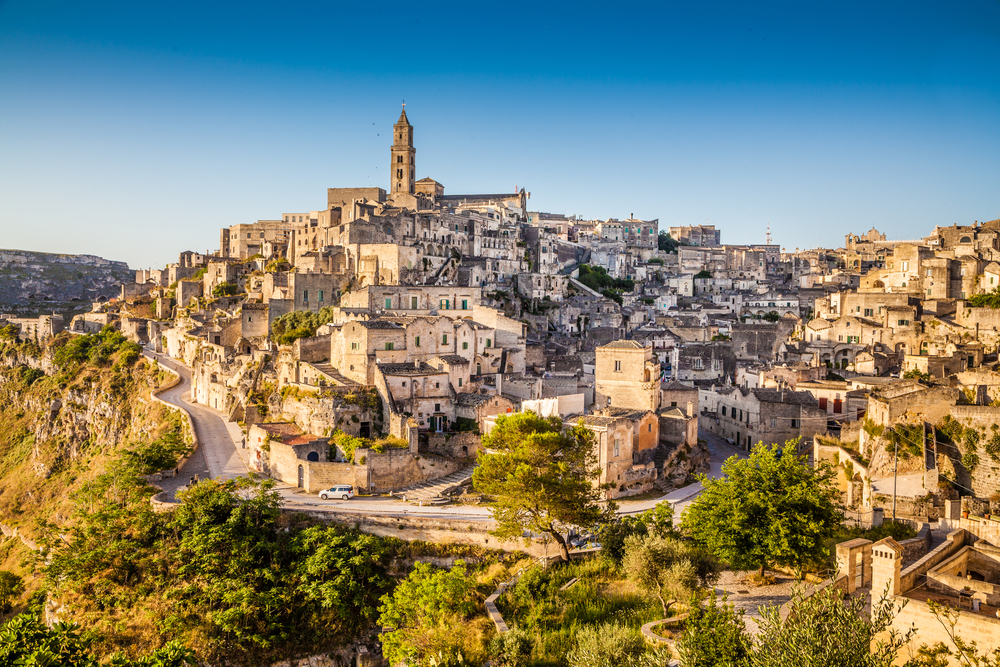
Matera is a unique village in southern Italy, known for its ancient cave dwellings and rock-hewn architecture. The village’s history dates back to the Paleolithic period, making it one of the world’s oldest continuously inhabited settlements. The Sassi di Matera, or ancient cave dwellings, have been carved into the rock for thousands of years. Today, Matera is a UNESCO World Heritage Site and a popular destination for travelers interested in history and culture.
The village’s cave dwellings were once home to generations of people who lived in the rocky hills. Matera’s transformation from a poor, abandoned village to a cultural hub has been remarkable. The area is now home to art galleries, restaurants, and museums, showcasing the village’s rich history. Matera’s blend of ancient history and modern revitalization makes it one of the most fascinating villages in Italy.
From ancient ruins to well-preserved traditions, these villages reveal stories of the past that are still alive today. They provide a chance to experience a different way of life while exploring some of the most beautiful landscapes on earth. For those seeking an authentic and enriching travel experience, these villages will not disappoint.
This article originally appeared on Avocadu.
